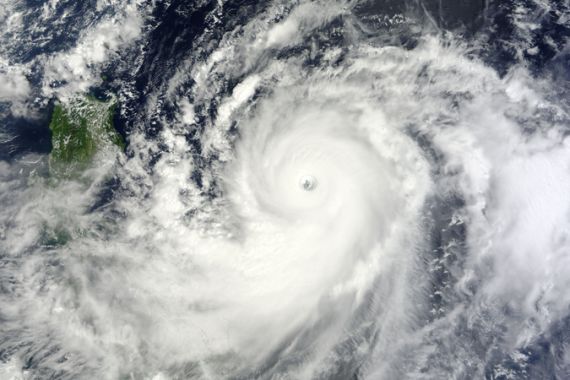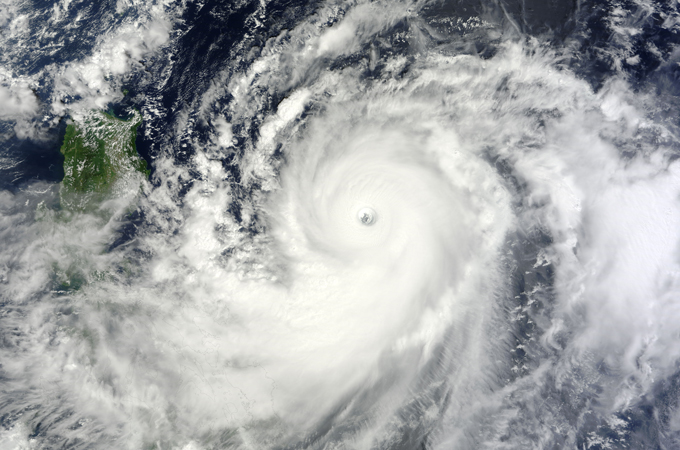Take two: the super typhoons
The western Pacific has little relief with back-to-back storms

 With a well defined eye, Jelawat continues moving north, while bands of heavy showers reach across the central Philippines [Nasa]
With a well defined eye, Jelawat continues moving north, while bands of heavy showers reach across the central Philippines [Nasa]
In just slightly less than two weeks, the western Pacific is watching its second Super Typhoon churn through the warm waters just east of the Philippines.
On 13 September Super Typhoon Sanba exploded into the strongest category given to typhoons. The “super” status only lasted a few days before the still strong typhoon made a track over Japan, South Korea and then the Russian Maritimes, leaving behind a trail of damage estimated to be over $370 million.
Keep reading
list of 4 itemsTurtles swimming to extinction in Malaysia as male hatchlings feel heat
Could shipping containers be the answer to Ghana’s housing crisis?
Thousands protest against over-tourism in Spain’s Canary Islands
Now, just 430 km to the east of northern Luzon, Super Typhoon Jelawat is a massive storm. Rain bands are extending to the southwest over the central Philippine provinces of Panay and Negros, some 900 km away from the storm’s center.
While there’s concern across Luzon that some of these showers could set off flash floods, it is the Batanes group of islands to the north of Luzon that the main warnings have been posted for. These islands are in the Luzon Strait and will be the closest land that Jelawat approaches in the next 24 hours.
In the following 36 to 72 hours some of the forecast models are bringing a weakened Jelawat very close to the eastern coast of Taiwan. While Taiwan is exceptionally good in preparing for typhoons and minimizing loss of life, it will still need to be on standby for the potential flooding rains and storm surge.
Jelawat is not the only storm stirring up the tropics. Just to the northeast, Tropical Storm Ewiniar poses less of a threat over the next few days, but could bring coastal showers to Japan by Friday.
In the Atlantic there is the storm that refuses to die. While not a threat to land, it is interesting to note that Tropical Storm Nadine has been moving around the Atlantic quite erratically for the last 19 days. If Nadine lasts for another nine days, it will be the longest lasting tropical storm in the Atlantic Basic for the last 30 years.